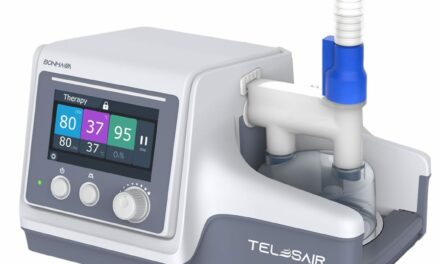An article by The Atlantic explored the issues surrounding the allocation of ventilators and shortages of intubation response teams during the COVID-19 pandemic, and found that doctors and emergency departments were sometimes left on their own to decide who was intubated or not. A similar question of allocation is being asked as the US and international community prepares to distribute the first coronavirus vaccines, once they become available.
In New York, guidelines for allocating ventilators in a pandemic had been designed by the New York State Task Force on Life and the Law, which used the 1918 flu as a model. These guidelines were part of a plan for “crisis standards of care,” or protocols for handling a public-health emergency that outstrips the medical system’s capacity. Published in 2015, the task force’s plan envisioned the transfer of equipment, personnel, and patients among hospitals to ensure that one institution wasn’t overrun while others had empty beds.
Last March, as the coronavirus took hold, the committee met with the state’s health commissioner to brainstorm ideas for COVID-specific protocols. Despite that meeting, its key recommendations were never taken; no crisis standards of care were implemented in New York. These standards can be initiated only by the government—a process that, in most states, including New York, requires a declaration from the governor. This left the clinical ethicists staffing New York’s hospitals—along with the doctors and nurses and administrators—to figure out rationing themselves.
“This was a stress test for medical ethics, for distributive justice and the allocation of scarce resources,” he wrote. “Simply put, there were more patients to be resuscitated than available personnel, much less equipment.” As far as we know, New York hospitals never ran out of ventilators, but the state did experience terrible shortages of PPE, of staff, of crucial equipment and supplies.










